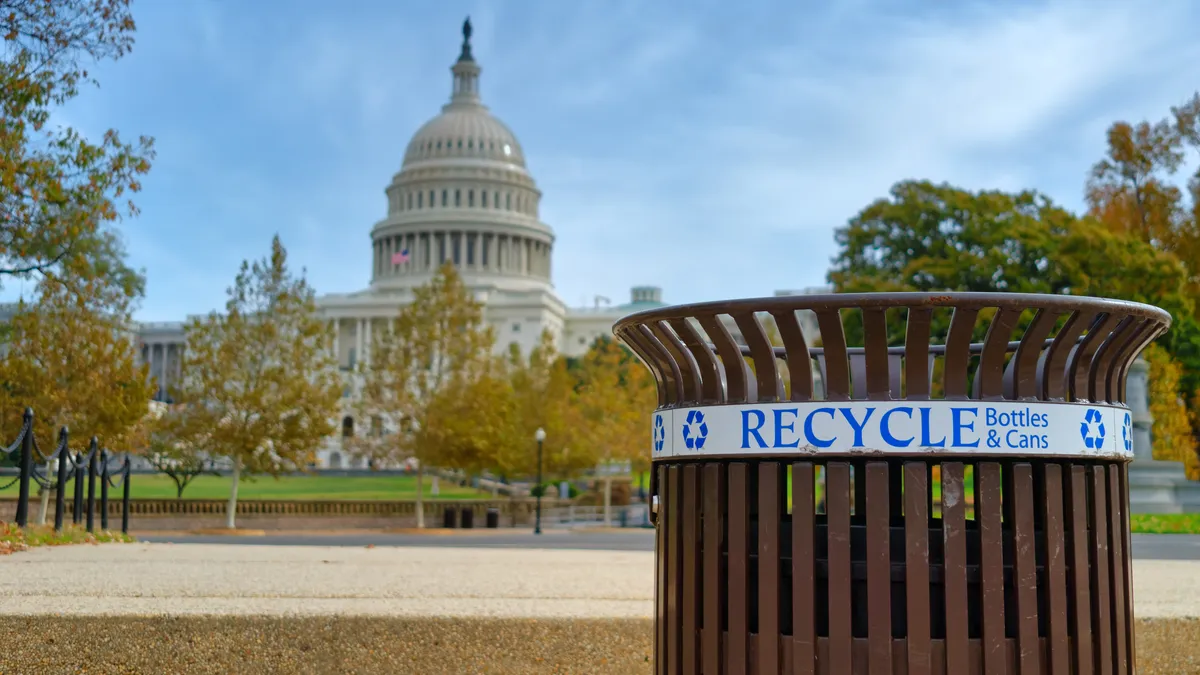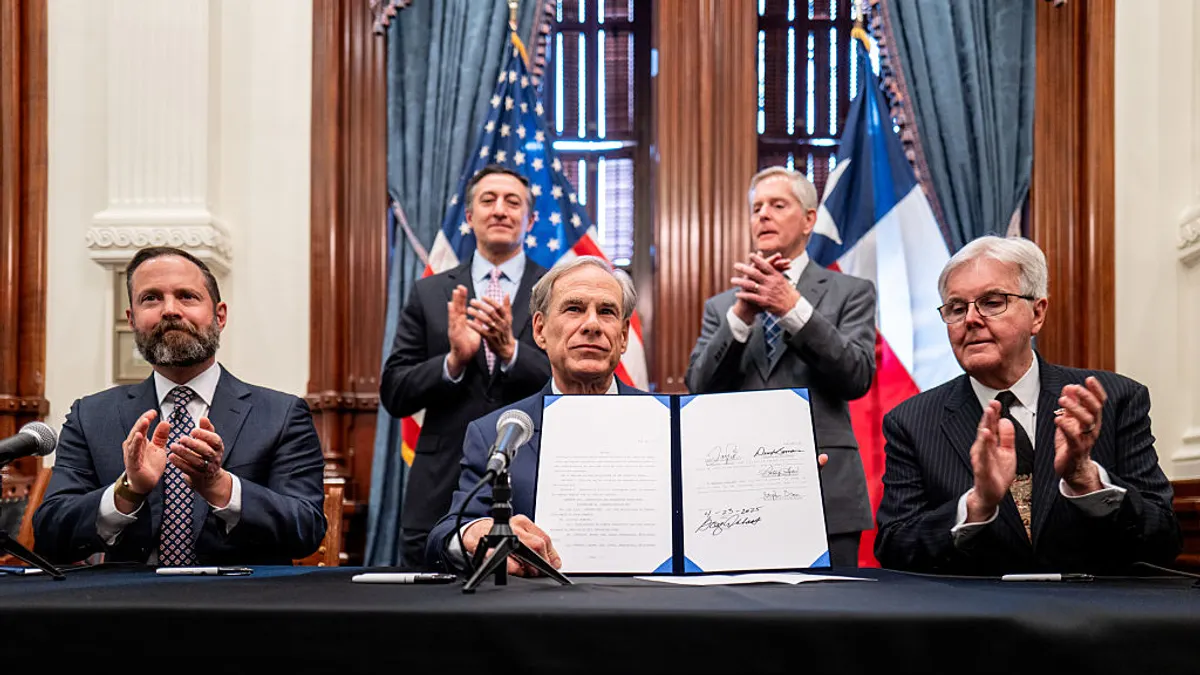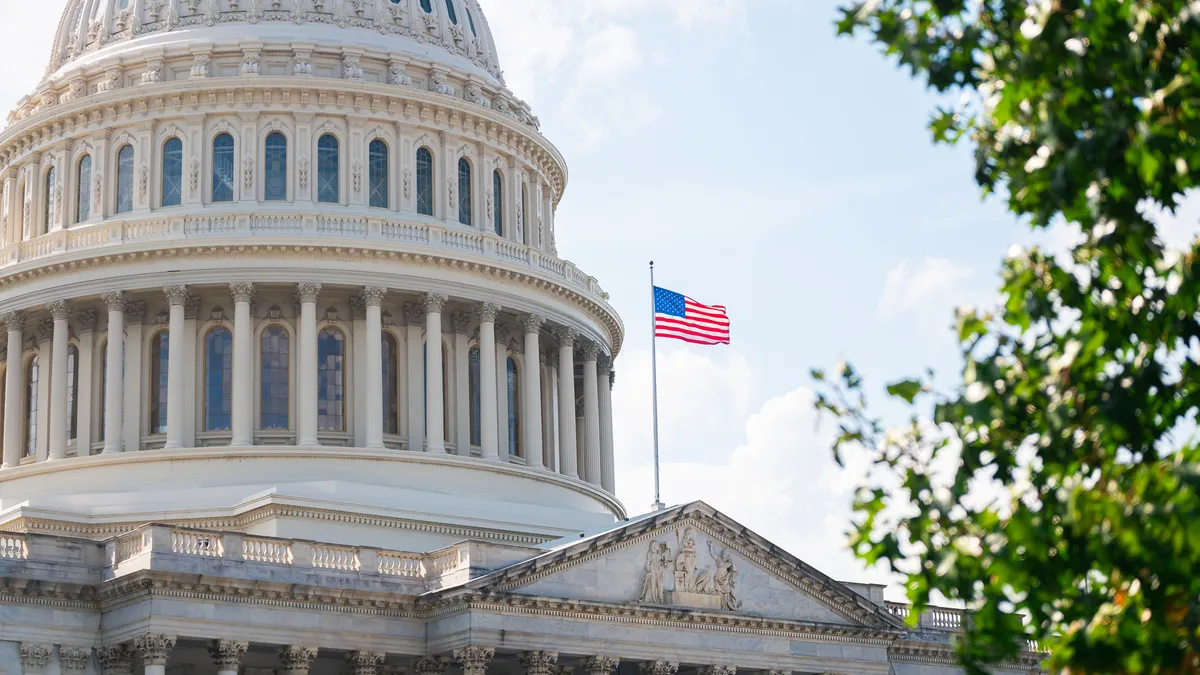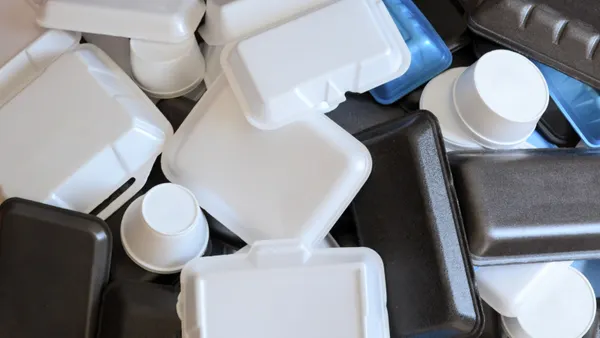How can extended producer responsibility affect types of packaging that lack curbside acceptance or robust end markets, and how could such systems not disrupt existing recovery schemes but help advance them in the future?
Those were some of the overarching questions during a discussion between representatives from the Biodegradable Products Institute and the Flexible Packaging Association, as well as a senior policy analyst involved in Oregon’s recycling modernization plans, during the latest in an ongoing virtual event series on EPR convened by Ameripen on Wednesday.
These were a few of the many topics that experts discussed regarding hard-to-recycle and compostable packaging.
Opportunities for hard-to-recycle packaging, today vs. tomorrow
Alison Keane, executive director of the Flexible Packaging Association, cited data showing that flexible packaging currently accounts for 21% of the U.S. packaging market, with food being its largest segment.
While flexible packaging offers some upfront environmental benefits, circularity is largely not a reality today, as the only real end-of-life recapture opportunity currently is with store drop-off programs, Keane noted. But it’s a fast-growing segment. “It isn’t going away,” Keane said.
The Q&A session raised a question about whether companies should seriously consider switching from a recyclable or hard-to-recycle package to a compostable package today, or whether the outlook for such a change would be better in the next five to 10 years. “There's not really a big difference between recyclable and compostable flexibles today,” Keane said, in terms of both lacking robust end processing options.
There are multiple pilots in progress involving both mechanical and chemical recycling, Keane said, but none of them are to scale. As such, there’s not a winner or loser today, Keane said: “Companies are definitely looking at both towards a future on-ramp, whether it's compostable or recyclable.”
Keane stated that “well-crafted” EPR should not restrict the production or sale of flexibles. Additionally, it should create “sustainable funding” for a recycling system with “advanced recycling” and composting infrastructure, Keane noted, adding that governments should work to ensure harmonization across states. “Build that composting infrastructure; subsidize it for packaging. Build the recycling infrastructure; subsidize it for hard-to-recycle packaging,” she said.
Optimizing for sustainability or circularity, and where compostables fit in
Rhodes Yepsen, executive director of the Biodegradable Products Institute, noted in a presentation that flexible food packaging is an ideal application for compostable packaging going forward, given its often food-soiled, lightweight and multilayered nature.
To date, though, compostable packaging has presented challenges given that it can contaminate recycling streams but also vexes composters. Colorado’s lead composter, for example, stopped accepting packaging and serviceware this year.
And in Oregon, composters have said they do not want compostable packaging or serviceware delivered to their facilities, noted David Allaway, senior policy analyst with the state’s Department of Environmental Quality. Allaway noted that when Oregon was developing its Recycling Modernization Act, the overarching goal of the policy framework was sustainability, “Not circularity, not zero waste, not to recycle and compost everything,” he said. “There are many examples of unsustainable circularity.”
Regarding EPR, BPI’s position includes tenets saying it supports such a system as a way to help cover the costs of processing compostable products associated with food scraps. Ultimately, BPI — which provides certification services for compostable products — says EPR fees will cover the added cost for compostables but won’t fund the full system for food scraps composting, highlighting the need for other funding sources. Yepsen also reiterated BPI’s support for the federal COMPOST Act, which could establish grants and loans for composting infrastructure.
Where compostable products are impacted by EPR, BPI wants to see industry representatives on state advisory groups and producer responsibility organizations. Where recycled content requirements are woven into laws, Yepsen said compostable items must be exempt. Since compostables are not collected on their own, separate policies and goals need to be created for food scrap recycling programs and be compatible with the EPR policy, Yepsen added.





















